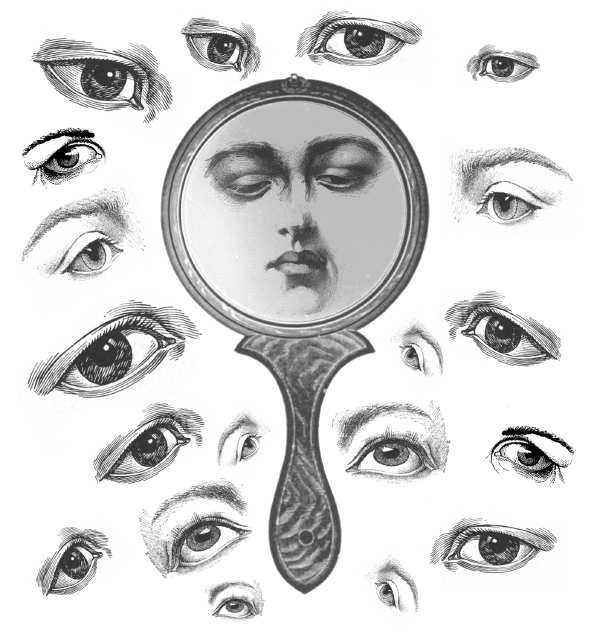The mental status examination is the objective portion of any comprehensive psychiatric assessment and has key diagnostic and treatment implications. This includes elements such as a patient's baseline general appearance and behavior, affect, eye contact, and psychomotor functioning. Changes in the eye parameter from session to session allow the psychiatrist to gather important information about the patient.
In psychiatry, patients' eye status can reflect a variety of suspected disorder. In a complimentary fashion, psychiatrists must be aware of their own nonverbal behaviors and communication, as these can serve to either facilitate or hinder the patient-physician interaction.
In this review, clinical vignettes will be used to illustrate various aspects of nonverbal Eye communication that may occur within the setting of psychotherapy. Being aware of these unspoken subtleties can offer a psychiatrist valuable information that a patient may be unwilling or unable to put into words.
Examples of Eye -nonverbal behavior as diagnostic criteria
| Autistic disorder | Marked impairment in eye-to-eye gaze |
| Attention deficit hyperactivity disorder | Does not appear to listen when spoken to - non listening attitude |
| Substance intoxication or withdrawal states | Conjunctival injection with cannabis intoxication; miosis in opiate intoxication; and lacrimation, in opiate withdrawal |
| Schizophrenia | ,Suspicious look, poor eye contact, rigid or starring look |
| Major depressive disorder | broken,frustrated, bargaining eye look |
| Posttraumatic stress disorder | Hypervigilance, exaggerated startle response, |
Universal facial expressions of emotion
| Surprise | Jaw drops, opening the mouth without tension; eyes open widely; brows are raised, high and curved; forehead wrinkles horizontally throughout |
| Fear | Lips tense, stretch and draw back; eyes open with lower lid tense and upper lid raised; brows are raised, drawn close together; forehead wrinkles horizontally in the center only |
| Disgust | Upper lip raises and nose wrinkles; lower eyelid moves upward; brows are lowered |
| Anger | Lips tightly closed; eyelids tense; brows are lowered and drawn close together; wrinkling appears vertically between the brows |
| Happiness | Corners of the lips draw upward and nasolabial folds become prominent; lower eyelid raises and wrinkles appear around the eyes |
| Sadness | Lips tremble or corners draw downward; eyes may tear; inner brows are raised and often drawn together |


No Comments